
Three simple steps to get started with Kagiso online
By following these 3 simple steps, clients can quickly grasp how to begin working with Kagiso Online once they find an offer that interests them.
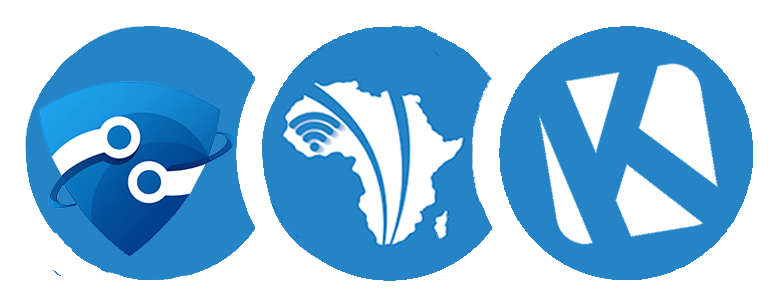
Step 01
Explore your needs.
Step 02
Customized Design.
Step 03
Seamless implementation.
VIDEO
Animated and filmed video production
Concepts, goals, target
When it comes to video it’s extremely important to know who the audience is, to be able to create a story that speaks to the audience.
Moodboards and scripts
Modboards are created for various ideas, allowing us to visually present creative concepts. Scripts are drafted up, providing even more detail for each concept.
Storyboards and narration
After doing extensive research, we create moodboards to illustrate the style we want to use. Sketches of potential concepts start shaping up and each idea’s feasbility is first evaluated by our design team.
Casting and production planning
Pre-production starts when the script, narration and storyboard are approved. Proper planning ensures that all parties included, such as cast, set designers and crew are all briefed and in sync for the production days.
Production and filiming
Filming can take several days and usually a large team is involved: camera operators, directors, hair & make-up artists, set-designers, technicians, etc. For smaller, low-cost productions smaller teams are used to remain cost efficient.
Post-production, VFX
Once the filming is complete the raw footage lands is ready post-production. Hours and hours of raw of footage gets converted into a stunning video. Visual effects, supporting animation and music are all added in post.
Video handover
The draft video is reviewed several times in post and only finishing touches such as colour grading have to be done before it can be completed and handed over.
APPS
Apps developed to perfection
Specifications and requirements
Specifications are vital to each and every application development project. Most app projects are quite complex, features and functionality must be clearly documented before starting UI/UX design or development.
Research and analysis
Before getting started on design or development we gather inspiration and carry out extensive research on interface design solutions, analyse competitors and evaluate already existing apps.
UI/UX design, prototyping
Interface design starts with the wireframing of all of the app screens which are then converted into clickable prototypes. After several iterations and tests, the approved wireframes are built into graphic designs which are also iterated, prototyped, and tested with real users.
QA and user testing
Before any functionality handover the app is frequently tested. Once the app is in beta stage, there are several user tests carried out to ensure that the app is perfect and bug free.
Backend development
Backend development plays a huge role in app development; it’s the backbone of the system. Our custom-built backend systems are robust, scalable, and easy to integrate with other third parties like Stripe, Paypal, Payfast, Yoco or Braintree. Our APIs are securely developed.
Testing
Extensive testing done to make sure the website is bug free, both functionally, and user experience-wise. SEO and speed tests are carried out to check the website’s performance.
Go Live
After testing, the apps are submitted to the relevant app stores. Once approved and published, the apps are checked frequently for bugs and we ensure ironclad security againts cyber attacks and if we pick up other issues they are quickly and swiftly fixed.
BRANDING
Branding concepts enchanted by design.
brief
Before we can start working on logo concepts we need a brief of what the brand or company is about, who is the target audience and so forth. Understanding what the brand is about, is key to being able to create concepts that will later support other brand elements.
Research and inspiration
Once we defined what is expected in terms of branding we start doing research, evaluate competitors and market trends. During the research phase we also look for design inspiration.
Moodboards and sketches
After doing extensive research, we create moodboards to illustrate the style we want to use. Sketches of potential concepts start shaping up and each idea’s feasbility is first evaluated by our design team.
Core identity
From simple sketches, logo design concepts are born. We experiment with various colour schemes and typography options. Several logo concepts are fine-tuned and presented for review.
Branding materials
Once a logo is approved, the design of supporting materials can commence. Branding materials vary from brand to brand, some of the basic materials include letterheads, business cards, presentation decks, and so forth.
Testing
Extensive testing done to make sure the website is bug free, both functionally, and user experience-wise. SEO and speed tests are carried out to check the website’s performance.
Brand book
The brand book specifies the usage of the brand logo and its branding materials, along with colour and typography guidelines. Larger brands have extensive brand guidelines and an abundance of branding materials, while smaller brands have a more simplified brand book.
Web Design
Beautiful websites built for performance
Requirements
Before a web project can be kicked off a requirements document is needed, which outlines the functional requirements of the website, its page structure, backend and content management system expectations.
Wireframing
Based on the page and content structure from the requirements document, wireframes are created for each page. Wireframes are built into clickable prototypes to test out the website interface and page layout.
Copywriting
Content is king and content impacts webdesign, therefore the copy written must be in harmony with the design. Copywriting also sets the tone of voice and has an impact on branding and how a brand is perceived.
Web identity design
After the wireframes are approved, the website design is next. The designs are created based on the branding, wireframes and website copy. Web identity concepts are presented as moodboards or sketches. Once a concept is approved, all pages are designed using supporting materials such as illustrations, animations or 3D assets.
development
Development relies a lot on the requirements document in terms of functionality and backend. The approved web designs are built based on the requested technology stack, such as Gatsby or Next.JS (anything but WordPress).
Testing
Extensive testing done to make sure the website is bug free, both functionally, and user experience-wise. SEO and speed tests are carried out to check the website’s performance.
Go Live
Once everything is tested and approved the website is ready to be published live. After going live websites are maintained regularly to ensure error-free performance.
01 – Explore your needs
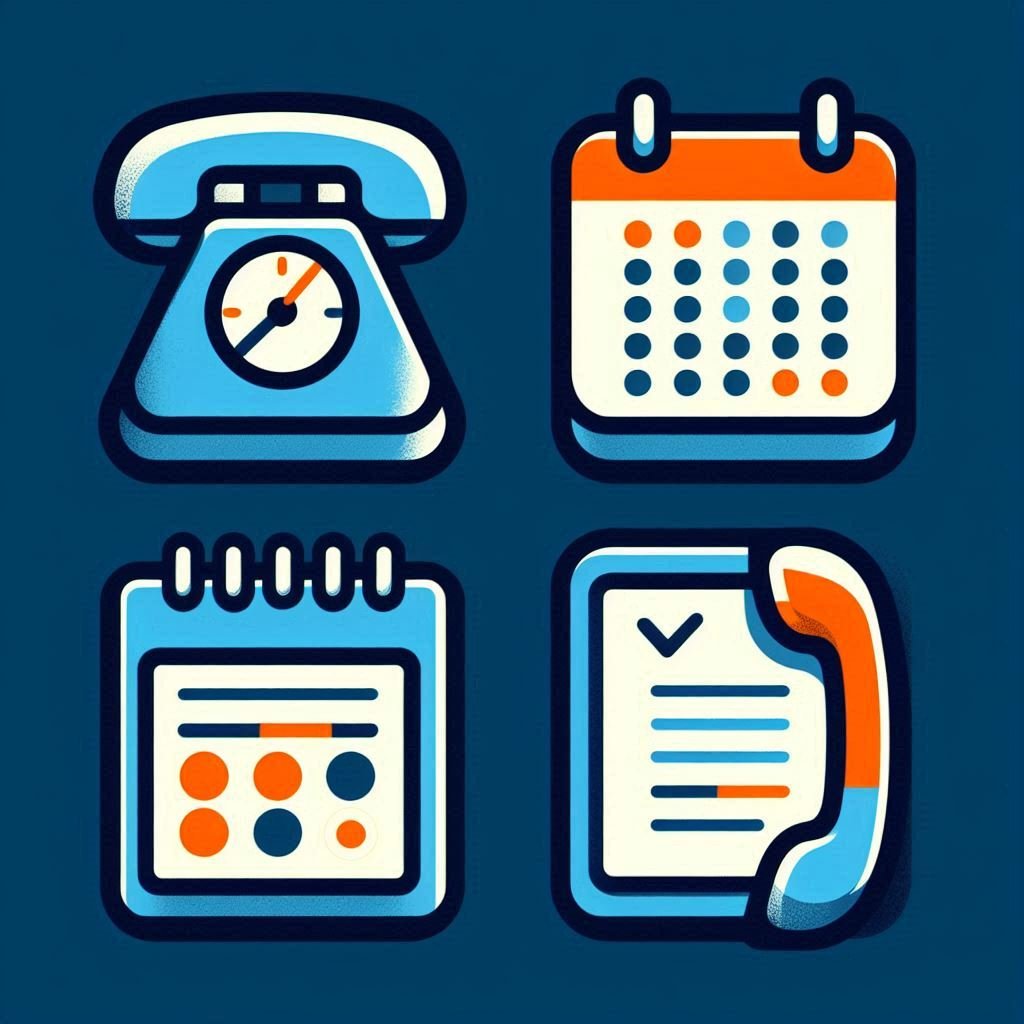
02 – Customized design
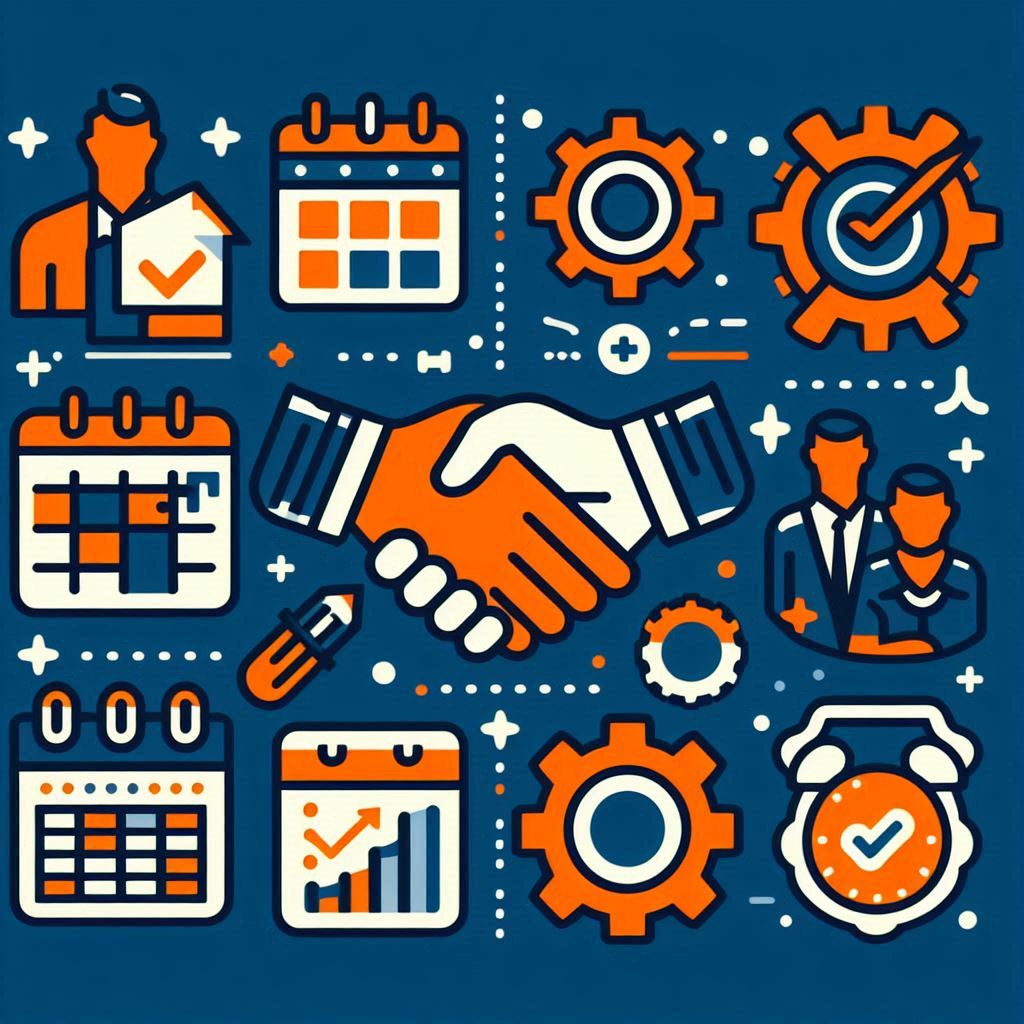
03 – Seamless implementation
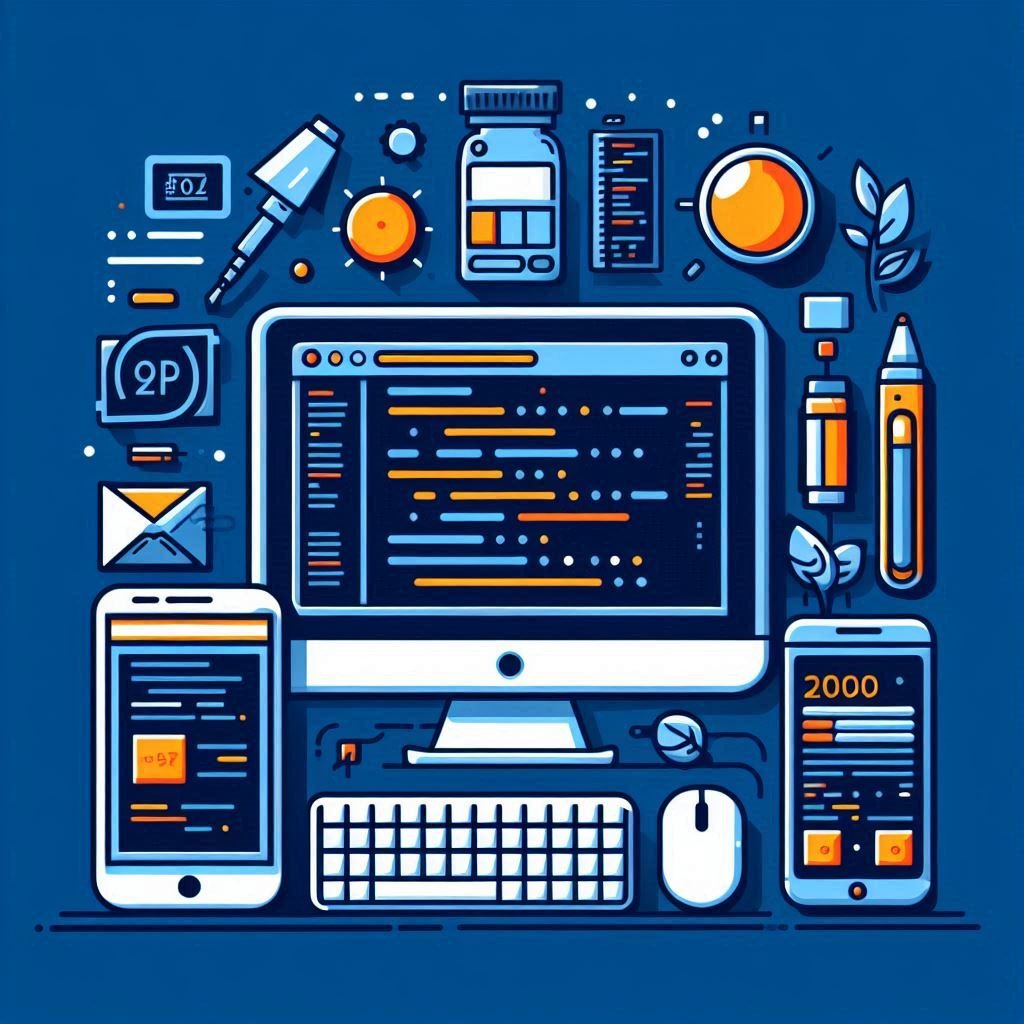
VIDEO
APPS
BRANDING
Web Design
Access Your Free Industry-Tailored Resume Cover Letter Generator Now!
Unlock Your Free Personalized Large Language Prompts Tailored for Your Industry!
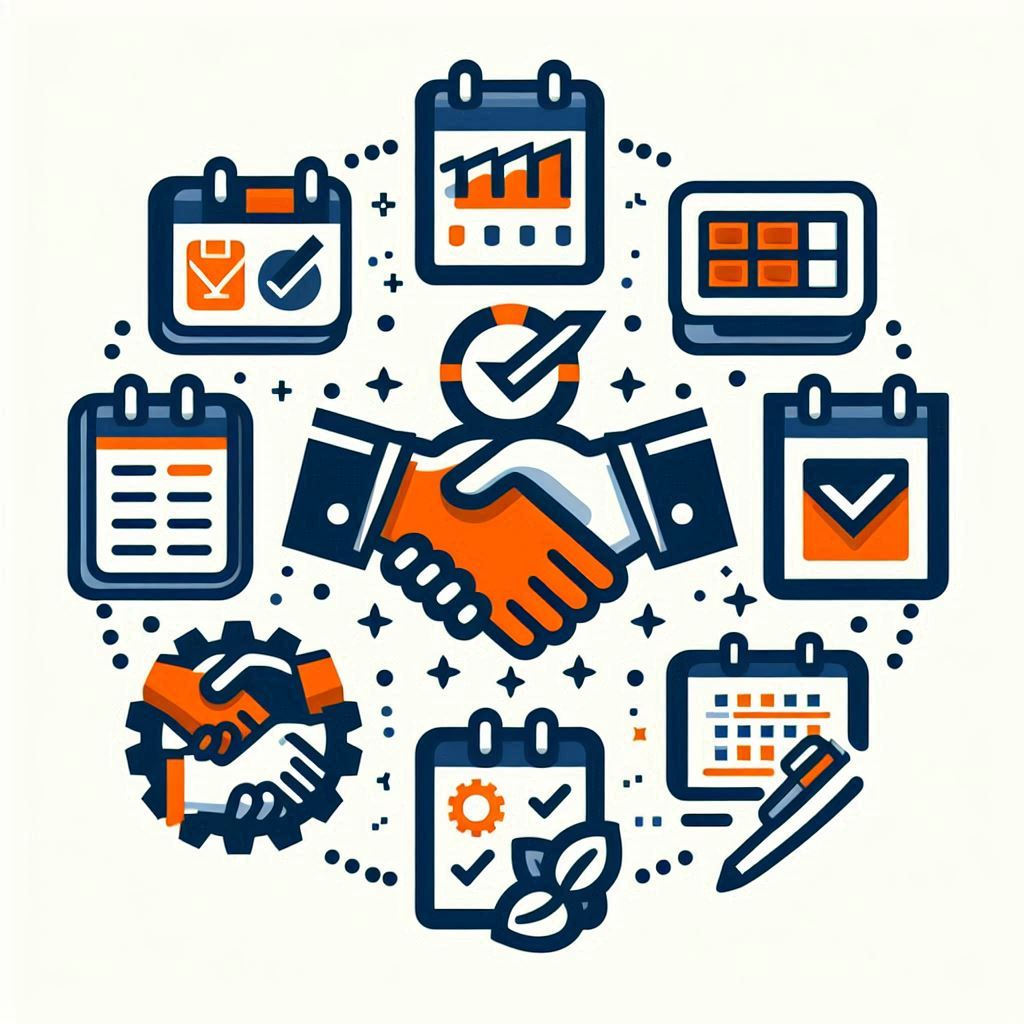
Claim your free tools and take our work for a test drive.
- Claim Your Free Personal Website: Resume + Blog Combo!
- Get Your Free Personalized Chatbot for Real-Time Visitor Interaction!
- Unlock Your Free Personalized Large Language Prompts Tailored for Your Industry!
- Access Your Free Industry-Tailored Resume Cover Letter Generator Now!
